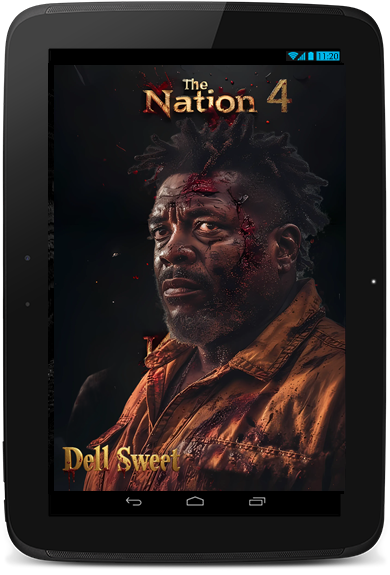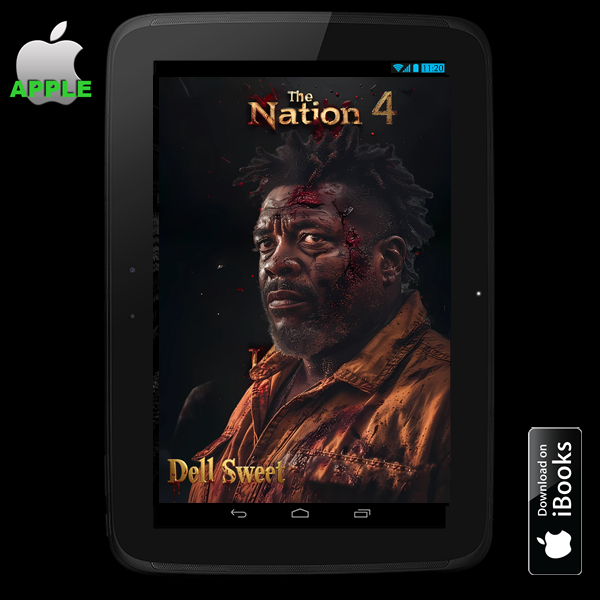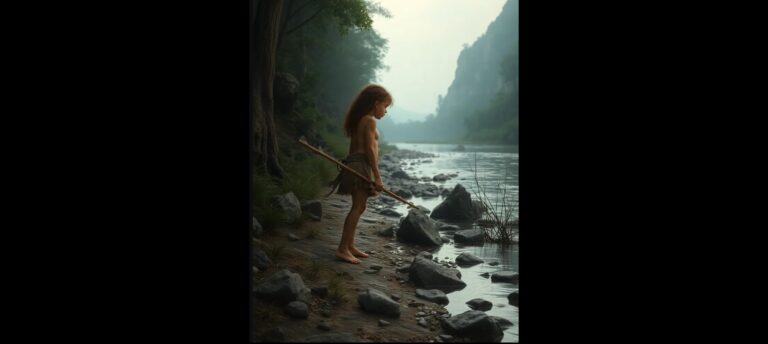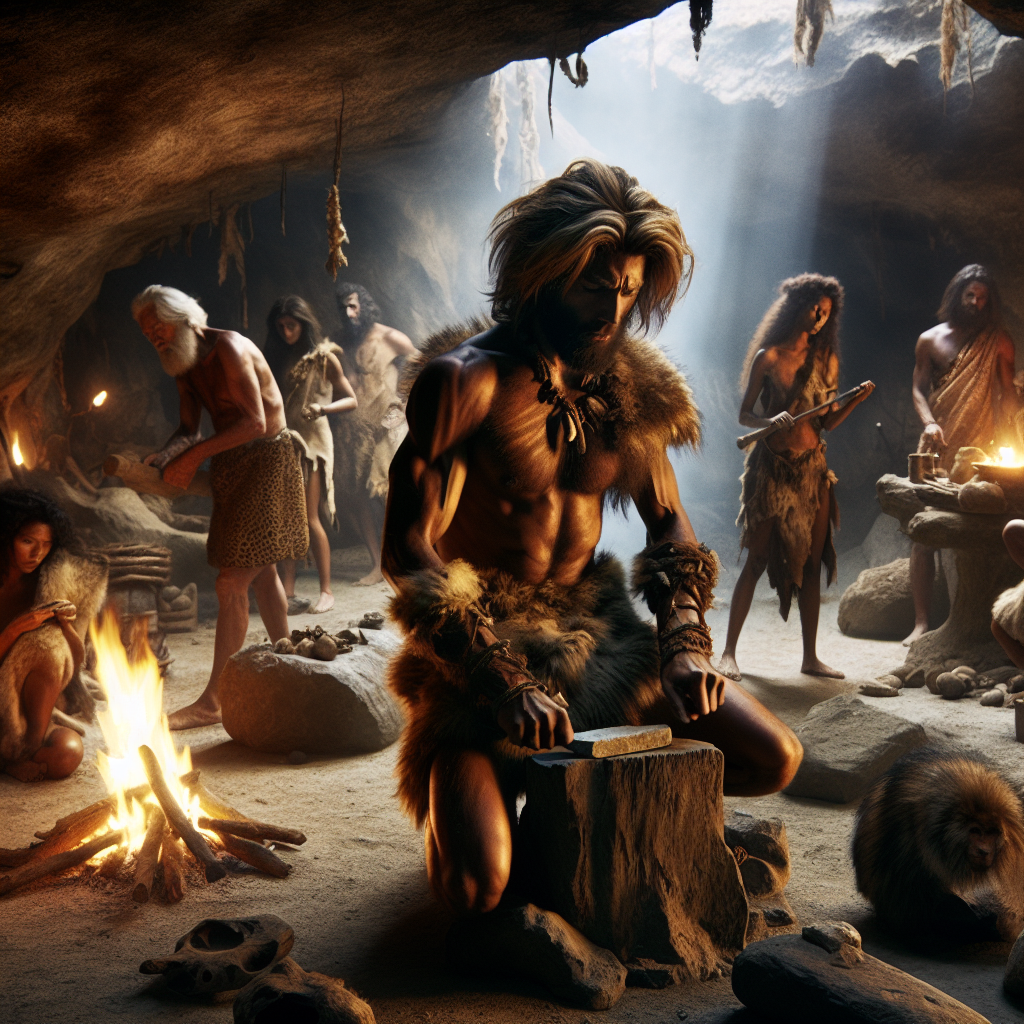
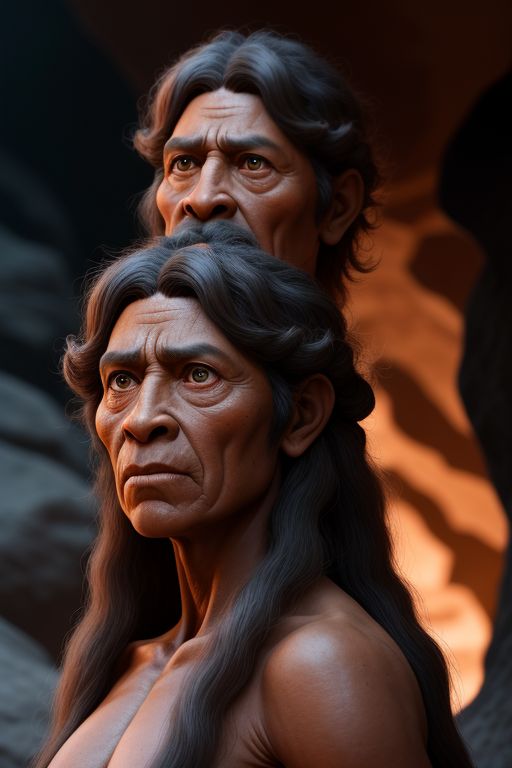
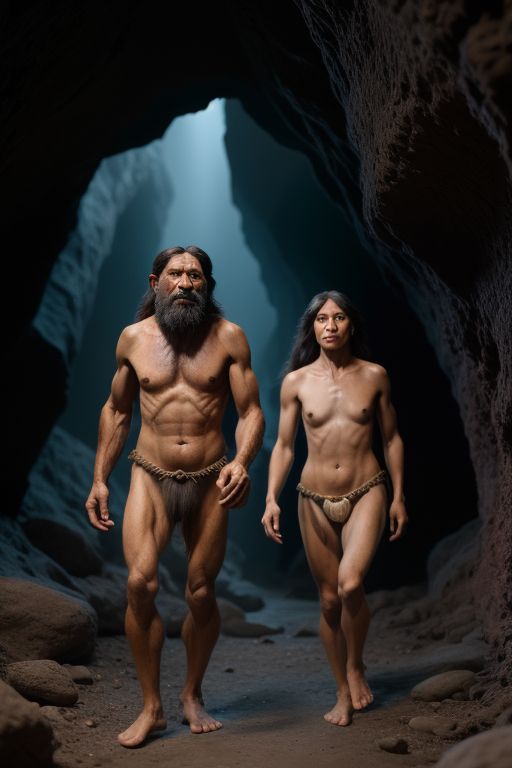

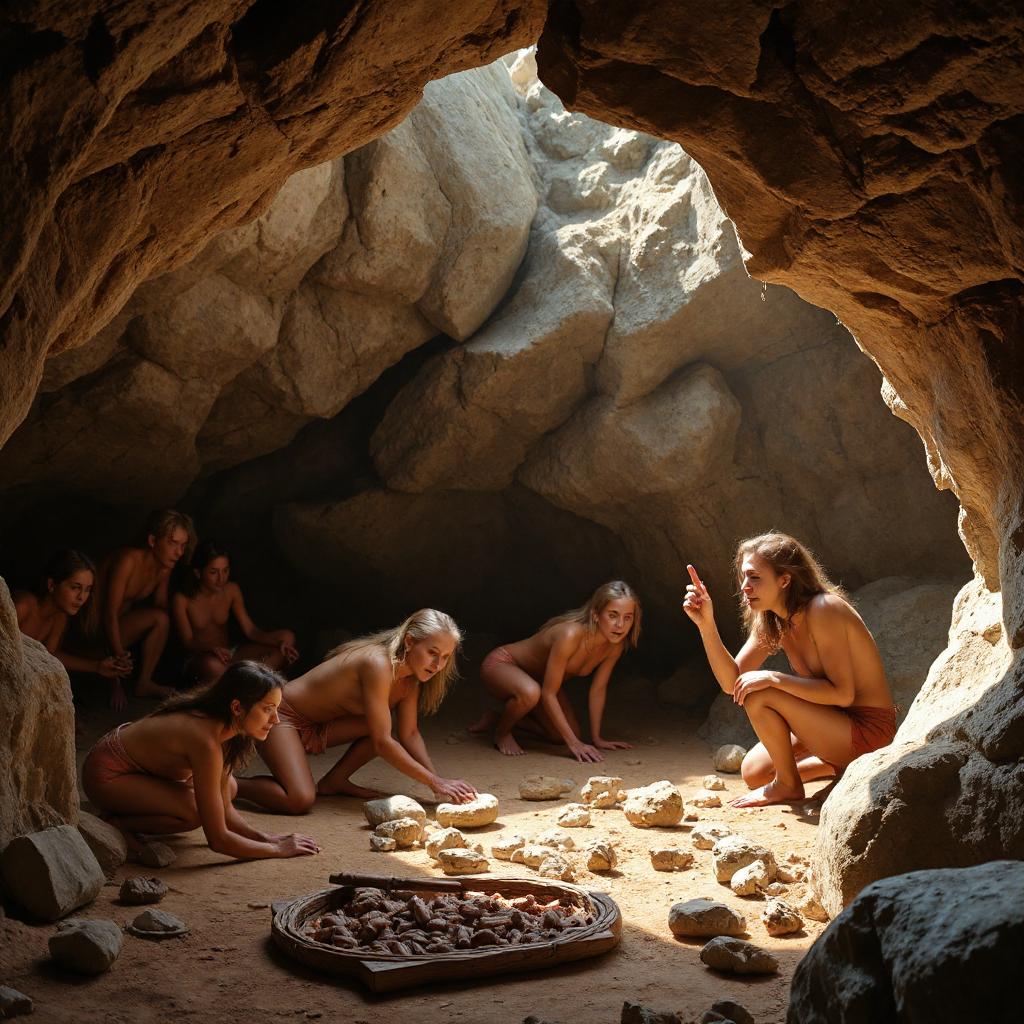
The story of the Neanderthals, or Homo neanderthalensis, is a captivating chapter in the human saga, a tale of a resilient and intelligent hominin species that thrived in the challenging landscapes of Ice Age Eurasia for hundreds of thousands of years. Far from the brutish, simple-minded caricatures of early portrayals, modern archaeology and genetics have revealed them to be a sophisticated and adaptable people, with a history of development and cultural innovation that parallels our own. Their “rise” is not one of global conquest, but rather the story of a lineage that successfully carved out a niche in a harsh, fluctuating environment, becoming the dominant hominin population in their territory long before the arrival of modern humans.
The lineage of the Neanderthals likely diverged from our own shared ancestor, Homo heidelbergensis, approximately 400,000 to 500,000 years ago. While our own ancestors remained in Africa, the ancestors of Neanderthals migrated into Europe and parts of Asia. It was in these northern latitudes, marked by recurring glacial periods and extreme cold, that the Neanderthal form took shape. This prolonged period of isolation and evolutionary pressure led to a distinct set of physical adaptations that set them apart from their African contemporaries. Their robust, stocky bodies, with their broad shoulders and large ribcages, were built for strength and stamina, well-suited for grappling with large prey and enduring the strenuous demands of their lifestyle. Perhaps their most striking feature, the prominent brow ridge and a large, wide nasal cavity, are believed to be specific adaptations for surviving the frigid air, helping to warm and humidify the air they breathed.
For a vast period of prehistory, the Neanderthals were the masters of their domain. From the windswept plains of Iberia to the dense forests of Siberia, they developed a complex tool-making industry known as the Mousterian. Unlike the simpler tools of their predecessors, Mousterian technology involved the systematic preparation of stone cores to create precise, sharp flakes that could be fashioned into a variety of tools—scrapers for hides, spear points for hunting, and knives for butchery. This sophisticated approach demonstrates a level of forethought and planning that challenges old notions of their cognitive abilities. Their mastery of the landscape extended to hunting, where they were highly effective predators. Evidence suggests they hunted a wide range of animals, from small game to formidable megafauna like woolly mammoths, bison, and rhinos, often using close-quarters ambush tactics that required immense strength and courage.
Beyond their material culture, mounting evidence suggests that Neanderthal society was far from primitive. Archaeological finds have revealed the use of fire for warmth, cooking, and light, and the construction of complex shelters, hinting at a settled lifestyle during certain periods. They cared for their sick and elderly, as evidenced by skeletons of individuals who survived severe injuries or disabilities long after they should have been able to fend for themselves. This compassionate behavior speaks to a strong social fabric and communal support system. There is even a growing body of evidence for symbolic thought and ritualistic behavior. A number of sites show that Neanderthals practiced burial of their dead, and although the exact meaning is debated, it implies a level of abstract thinking about life and death. The discovery of eagle talons fashioned into jewelry, ochre pigments used for body paint or decoration, and even the deliberate arrangement of stalagmites in a cave in France all point to a world of symbolic expression that was once thought to be exclusive to modern humans.
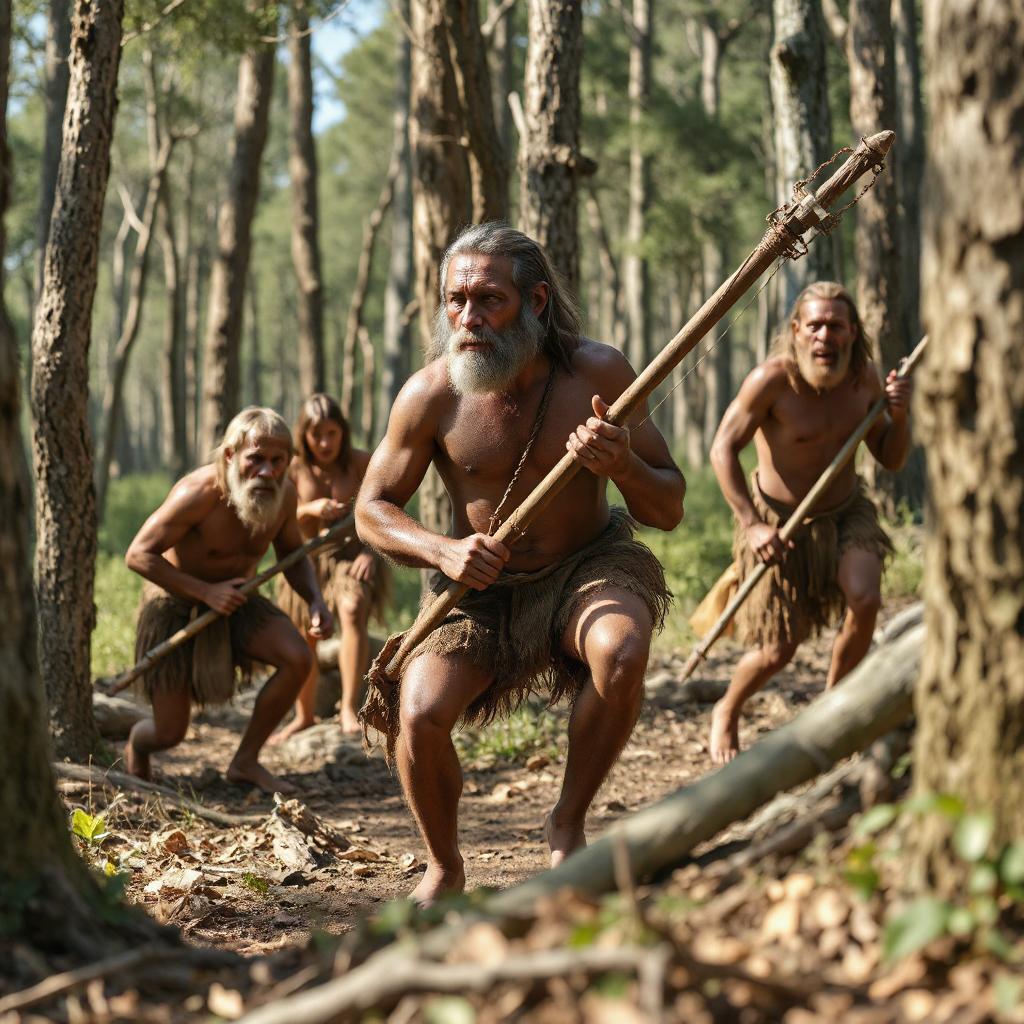



The story of the Neanderthals takes a dramatic turn with the arrival of modern humans, Homo sapiens, into Europe and Asia, beginning approximately 45,000 years ago. For thousands of years, the two hominin groups coexisted, sharing the same landscapes, competing for the same resources, and, as genetic studies have shown, interbreeding. The discovery that most modern non-African humans carry between 1 and 4 percent Neanderthal DNA revolutionized our understanding of our shared past. It confirmed that the two populations not only lived side-by-side but also had intimate encounters that left a lasting genetic legacy.
The eventual disappearance of the Neanderthals from the fossil record around 40,000 years ago remains one of the greatest mysteries in paleoanthropology. A number of theories have been proposed, and it is likely that a combination of factors led to their decline. Climate instability, a succession of rapid warming and cooling events, may have stressed their specialized adaptations. Competition with the newly arrived Homo sapiens for resources, particularly large game, may have also played a role. While the two groups coexisted, modern humans had a number of advantages, including more flexible and complex social networks, more advanced projectile hunting technology, and possibly a more varied diet. Instead of a violent confrontation, the most widely accepted hypothesis suggests a gradual process of assimilation and demographic pressure, where the smaller Neanderthal populations were slowly absorbed and out-competed by the more numerous and technologically diverse Homo sapiens.
In conclusion, the Neanderthals were not a biological dead-end, but a highly successful and sophisticated branch of the human family tree. Their rise was a testament to their incredible ability to adapt and thrive in a hostile world. While their physical form may have faded from existence, their legacy lives on, both in the enduring questions surrounding their final years and, most tangibly, in the fragments of their genome that persist in our own DNA. Their story is a powerful reminder that our past is more interconnected and complex than we once believed, and that our own journey is only a part of a much larger, shared human history.
Read more: Try these Historical Fiction novels…
A Promise across Ancient Terrains
In the ancient past, a cro magnon girl child was born and promised in marriage to a distant related tribe. She has come of age, sixteen and will now be escorted across several hundred miles of wilderness to her soon to be mate in the distant tribe.. Hunters and a medicine woman will accompany her. Once there she will begin her new life and face whatever lies ahead for them… #Prehistoric #CavePeoples #CroMagnon #Readers #HistoricalFiction
Jaquan: Child of the Neanderthals
A young Neanderthal girl is orphaned in a brutal attack and left to survive on her own. This is her story of how she survived, set on the European continent 45,000 years ago… #Readers #BookLovers #BookWorms #HistoricalFiction #DellSweet #Neanderthal
The Bone Clan: Kindle Edition
A loss for the clan starts three members on a search to find a new home for their people…
#Readers #Prehistoric #Paleolithic #Booklovers #Bookworms #Archaic #Neanderthal #Denisovan #CroMagnon
Fire
The Clan hurriedly escaped through the treacherous night. Overwhelmed by pain and exhaustion they felt defeated in the face of catastrophe #Prehistoric #HistoricalFiction #WGSweet #Paleolithic #Neanderthal #Denisovans
U.K: https://www.amazon.co.uk/dp/B0CZJMD7BN
CA: https://www.amazon.ca/dp/B0CZJMD7BN
MX: https://www.amazon.com.mx/dp/B0CZJMD7BN
AU: https://www.amazon.com.au/dp/B0CZJMD7BN
BR: https://www.amazon.com.br/dp/B0CZJMD7BN
JP: https://www.amazon.co.jp/dp/B0CZJMD7BN
PL: https://www.amazon.pl/dp/B0CZJGRDL5
Home: https://www.wendellsweet.com





